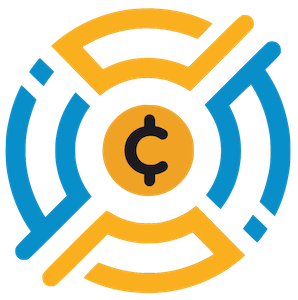Cardano, the ambitious layer-1 blockchain network, recently announced a noteworthy milestone, surpassing 110 million transactions. Sounds great, right? Not quite. While this figure might evoke celebration, the enthusiasm is dampened by the stark reality of the ADA price slumping to $0.6920—a staggering 20% decline from its peak in May. This dramatic dip positions Cardano near its lowest point in over a month, raising serious concerns about whether this milestone is merely a superficial veneer masking deeper issues.
It’s critical to examine why transaction numbers, while seemingly impressive, fail to translate into market confidence. An increase in daily transactions—over 31,000 recently, albeit a modest rise—suggests only muted network activity. More troubling is the fluctuating number of active wallets, which jumped from 4.4 to 4.49 million but hints at volatility in user engagement. What’s the use of celebrating high transaction numbers when the ecosystem itself feels stagnated?
Stiff Competition and Falling Behind
One cannot ignore that Cardano is lagging some distance behind its competitors. Speed and efficiency dictate market relevance, and when newer chains like Unichain and Berachain boast transaction counts of 73.4 million and 117 million respectively, Cardano looks less like a leader and more like an afterthought. A platform’s value is intrinsically tied to user engagement and market activity, and here lies a vital question: Why should potential investors choose Cardano when more dynamic alternatives showcase superior performance?
Recent data reveals that while Cardano’s decentralized exchange (DEX) volumes are feeble at just over $109 million for the month, rival platforms like Unichain and Sonic are raking in billions. This staggering contrast is alarmingly telling—investors gravitate toward platforms that provide real, tangible utility. The risk for Cardano is clear: It faces an existential threat from more agile competitors ready to capture market share.
Technical Patterns: The Alarming Indicators
The technical indicators surrounding ADA paint an even bleaker picture. The emergence of a double-top formation indicates that the market has already attempted to peak, only to fail and start retreating. The “death cross” formed by the 50-day and 200-day moving averages presents a classic bearish signal, suggesting a looming downturn that traditional traders fear. Moreover, the bearish flag chart pattern echoes these sentiments, forming a precarious rectangle resting uneasily on a vertical line that warns of impending drop-offs.
With key support levels potentially retesting $0.5100—its lowest point from April—the evidence becomes increasingly hard to ignore. How much more evidence do investors require before fundamentally reevaluating their positions in Cardano? All these factors coalesce into a chilling narrative of a network once considered a beacon of innovation, now teetering on the brink of failure.
In a rapidly evolving landscape, where blockchain technology’s competitive atmosphere demands agility and foresight, Cardano’s numbers may soon become nothing more than faint echoes of a promise unfulfilled. Its stagnation raises a clarion call for existing and prospective investors: Take heed, for Cardano could find itself descending into obscurity if it continues to stagnate amidst the competition.

